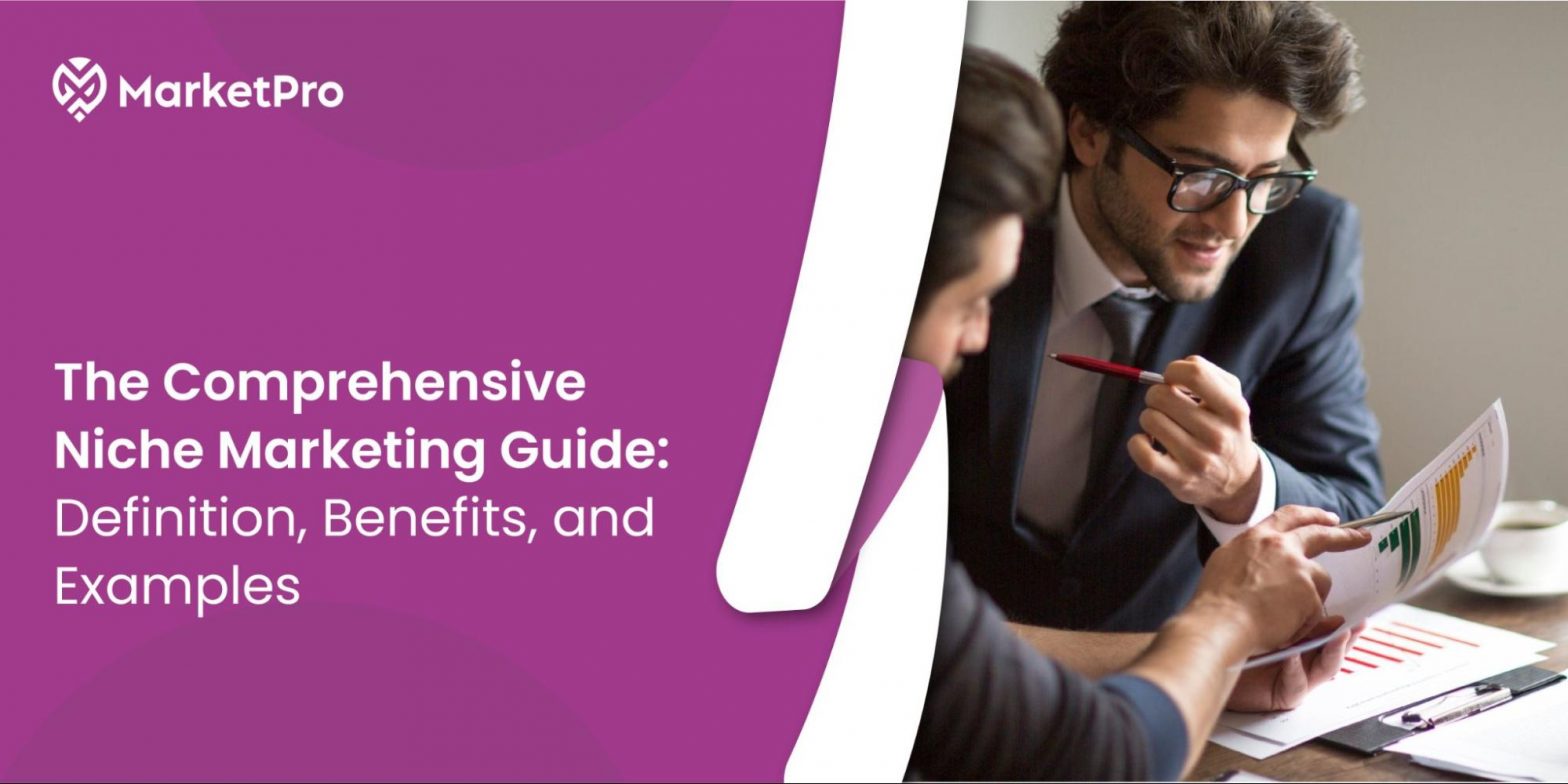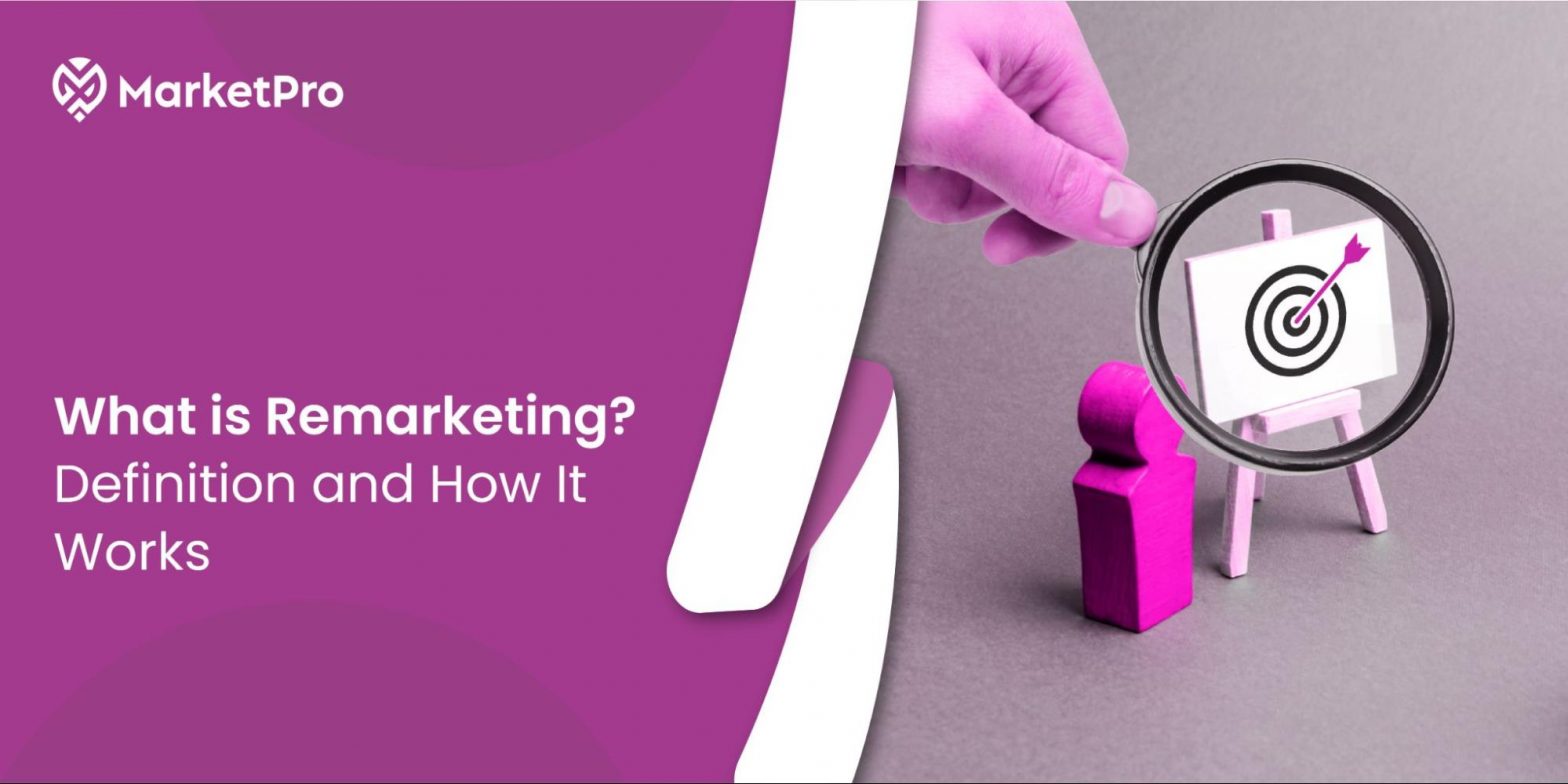Creative Website Design: 8 Strategies to Improve Site Structure
If you want to increase website conversions, you must be thoughtful in every part of your web design. In the world of online advertising, we all get excited about generating leads, content marketing, and sponsored advertisements. Website design is often an afterthought, but this should not be the case. The ultimate goal of your web design and development should be to make it easier for your website visitors to find exactly what they want. Therefore, the appearance, layout, colour, and style should be tailored accordingly.
According to a Stanford University survey, 46% of individuals consider a website’s design the most crucial factor in establishing a website’s credibility. The appeal of a website is what makes any user decide whether to click the ‘’back’’ button of their navigator or stay longer. The custom web design is where the chain starts, and the content comes in after that.
Strategies to Improve Site Structure
The average percentage of website conversions is 2.35%. That’s why brands must always be innovative in improving their strategies. As one of the key players in shaping any online existence, a good website is more than an impeccable virtual calling card. The structure of your site is its foundation; it works hand in hand with e-commerce website design to create a favourable experience for visitors. A website with an efficient structure improves UX and enhances SEO. This article presents eight creative ways to help you develop a better website structure for your online success.
Mobile-First Design
Mobile internet use has continued to rise over the last ten years. According to Statista, 55.73% of site visits came from mobile devices and exceeded desktop-based usage. Optimizing a website for smartphones is not just a trend; it’s instead an absolute necessity today.
Since the inception of mobile internet, Google initiated a program known as mobile-first indexing, where the search engine ranking is determined by the website’s performance on mobile devices. Accordingly, brands should ensure it is flexible to work effectively on different screens and resolutions for any website being developed or renovated.
User-Centric Navigation
A user is essentially a navigator who uses creative website design navigation as their compass on your site. The confusing or cluttered navigational structure may annoy visitors and result in low bounce rates. Nielsen Norman Group found that 76% do not care about visiting the website for the first time and are mainly focused on quickly searching for the required information.
User-focused navigation is a crucial element for improving site structure. Brands can make their interface navigation easy using intuitive menus, clear headlines, and solutions. They can test users and revise their navigation when necessary. Besides keeping users in place, a clean and logical navigation structure prompts exploring additional content.
Content Hierarchy
Your website content should have a clear hierarchy. It is like a pyramid, where the most important and essential information lies on top. This hierarchy allows people to access vital content readily and helps search engines grasp the structure of your website.
It is vital to use hierarchical content organization using header tags H1, H2, H3, etc. The H1 tag must represent the primary keyword of that particular webpage, followed by H2 tags for other headings and H3 tags for further details. Besides increasing readability, this structure will improve SEO by letting the engines know the significance of each section.
Consistent Branding
Designing a website requires consistency. Businesses need to keep the brand image consistent on each website page. The website design must have similar features in terms of colours, fonts, and logo positioning. Consistent branding has been observed to generate as much as 33% more revenue, according to research.
Adherence to this is not just about putting the right messages in place; it enhances the user’s confidence and trust in the brand. If potential customers come across a harmonious visual perception on a website, the chances of that company being seen as reliable and sophisticated increase considerably.
Speed and Performance
It’s important to note that page load time can significantly impact user behaviour and search engine optimization. Akamai discovered that for every second delay, there was a 7% decrease in conversion. SEO is adversely affected by increased bounce rates caused by the slow loading of sites; this leads to high user frustration.

Internal Linking
An efficient internal linking strategy helps improve site structure and SEO. Brands provide more information with a chain of links between their web pages. Furthermore, it enables the understanding and visibility of links for the search engine to read through a brand’s website.
Internal links should not be based only on keyword relevance but also on descriptive anchor texts that carry meaning associated with the linked information. For example, instead of saying ’click here,’ brands could employ anchor text like ‘learn more about website design strategies. This approach makes the content more pertinent and increases search engine optimization, giving a better user experience.
SEO-Friendly URLs
URLs are essential for a good user experience and search engine optimization. A well-organized URL is easy to read by people who can get the meaning of the page’s content at a glance. Search engines can also rank and categorize the web pages with ease.
Brands should create a URL that is short and meaningful. They can use hyphenation for words, no special characters, and ensure to add keywords where they are applicable. For example, a well-structured URL for a page about website design might be: “www.yourwebsite.com/website-design-strategies.”
Schema Markup
Organized data, or schema markup, is an excellent method for search engines to discover a website. By adding tags, brands can give search engines the context of their material to feature in rich snippets or snapshot searches. Using schema markup allows them to deliver essential information about the website’s content in search results. It improves the click-through rate and the site’s visibility. For example, if you operate an e-commerce business, then by using schema markup, you will have an opportunity to present your products, reviews, and selections directly on search results, which will likely give you a top position in the competition.
Design Your Website with Market Pro
Being inventive with the design of websites is paramount in today’s competitive digital world. This involves a well-structured website design that is easily accessed and boosts its online ranking to attract more site visitors. You can get the best website design and development services by working with a web design company like Market Pro. Our team helps you create the ideal content to optimize your website. It is important to remember that B2B website design is never complete; instead, it should be optimized regularly to remain competitive in today’s digital world. Hence, be innovative, perfect your website structure, and see your online presence prosper.
Subscribe to get the latest offers, sneak peeks, and updates delivered straight to your inbox! See our Privacy Policy!







